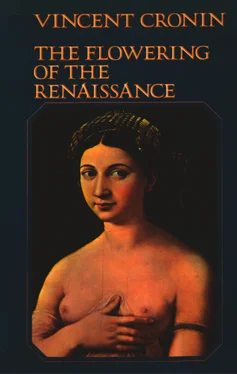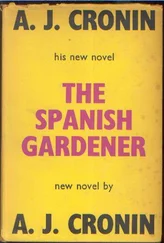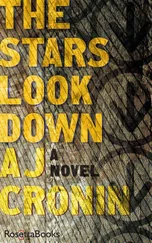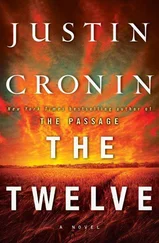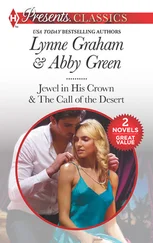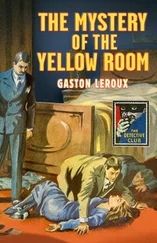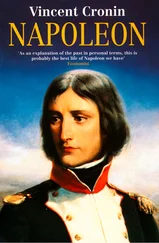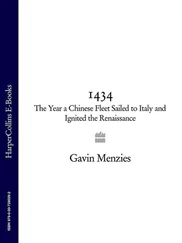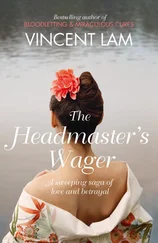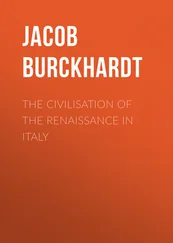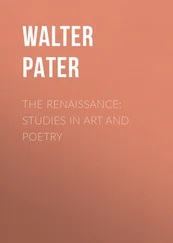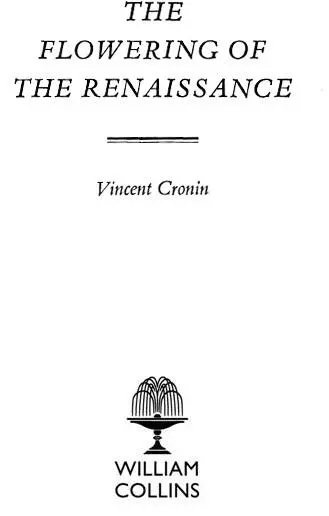
Copyright
Published by HarperCollins Publishers
77–85 Fulham Palace Road
Hammersmith, London W6 8JB
www.harpercollins.co.uk
First published by Collins 1969
First issued in Fontana 1972
Copyright© Vincent Cronin, 1969
Vincent Cronin asserts the moral right to be identified as the Author of this work.
A catalogue copy of this book is available from the British Library.
All rights reserved under International and Pan–American Copyright Conventions. By payment of the required fees, you have been granted the nonexclusive, nontransferable right to access and read the text of this e–book on–screen. No part of this text may be reproduced, transmitted, downloaded, decompiled, reverse-engineered, or stored in or introduced into any information storage and retrieval system, in any form or by any means, whether electronic or mechanical, now known or hereinafter invented, without the express written permission of HarperCollins e–books.
HarperCollinsPublishers has made every reasonable effort to ensure that any picture content and written content in this ebook has been included or removed in accordance with the contractual and technological constraints in operation at the time of publication.
Source ISBN: 9780006530435
Ebook Edition © JULY 2014 ISBN: 9780008106171
Version: 2014–07–21
Dedication
Cover
Title Page
Copyright
Maps
Dedication
Prologue
1 The Awakening of Rome
2 Julius II
3 After Caesar, Augustus
4 The Challenge from Germany
5 The Courtier’s World
6 The Growth of History
7 All Things in Movement
8 The Arts
9 The Venetian Republic
10 Venetian Architecture
11 Venetian Painting
12 The Response to the Crisis
13 After the Crisis
14 Sunset in Venice
Epilogue
Keep Reading
Appendix A : Italian Currencies
Appendix B : Character and an Anti-Classical Style
Appendix C : The Whereabouts of Works of Art Mentioned in the Text
Sources and Notes
The Popes from 1450 to 1616
A Table of Dates
Index
Notes
Also by the Author
About the Publisher
DURING the fifteenth century, in Florence, a small group of laymen cross-bred Christianity with the best elements of classical Greece and Rome to produce a new way of life which may be termed Christian humanism. This set high value on political freedom, public-spiritedness and free enquiry, on man’s will and imagination, on the beauty and power of the human body which, like all created things, was conceived not as God’s enemy but as His ally, and as an expression of His love. The Christian humanists took a new interest in man as a whole and, as a means of fathoming man’s nature, in literature and the arts, in history and in science. They viewed life no longer as a vale of tears, but as a quest for enlarging man’s powers, and so his awareness of God. They adopted a generous attitude to the views of pagan antiquity and to unorthodox thinkers such as Origen; they even drew near to tolerance in matters of conscience.
The Christian faith still came first with these early humanists, and in the most famous library of the day the Bible was bound in gold brocade, classical writers in silver. But inevitably there was tension. The pagan lion and Christian lamb do not lie down easily together, and though Plato and the Gospels may be made to harmonize, the balance is delicate. At the end of the fifteenth century Christian humanism came under attack from within, when Savonarola denounced it as a pagan way of life, a travesty of the Gospels, and from without, when the French invasion of Italy, culminating in their victory at Fornovo in 1495, showed up the political and military weakness of Florence.
Rome succeeded Florence as the political and intellectual leader of Italy, a development symbolized shortly before 1500 when, at the Pope’s bidding, Lorenzo de’ Medici’s favourite artist, Antonio Pollaiuolo of Florence, added figures of Romulus and Remus to the ancient bronze statue of the suckling She-Wolf. Julius II and Leo X, two of the most powerful and interesting of the Renaissance popes, sought to put into practice a modified version of Christian humanism. They strengthened Rome politically and made it the most civilized city in Europe.
What the popes did was disliked by many, particularly in Germany. When Luther attacked the notion of merit and rejected the popes’ teaching authority, Germans rallied to him; in 1527 a largely German army sacked Rome. These events brought to a head earlier doubts and plunged Italy into a crisis: intellectual, theological, moral and artistic. A period of heart-searching began. Could Italians summon up an adequate answer to the Lutherans? And could they, in face of so widespread a threat, save the principles of Christian humanism?
The answers lie in the texture of Italian life and civilization during the cinquecento. This is surveyed, with a particular eye to the crisis, first in Northern Italy generally, then more specifically in Venice which, after the Sack of Rome, emerged as the chief centre of Christian humanism. All the trends apparent in Venice and elsewhere found expression at the Council of Trent, the Church’s galvanic attempt to find an answer to the crisis posed not only by Lutheranism but in the very fruits of the Italian Renaissance itself. It is the tragedy of Trent that the Church, despite much goodwill on both sides, ultimately came down against the main principles of Christian humanism. The effects of this decision on Italian civilization and the resultant ‘conformism’ offer a striking parallel with events in the Communist world today. Venice alone preserved a measure of independence and artistic vigour and held alight the torch of freedom; her example was to prove an inspiration to those men of the nineteenth century who succeeded in liberating Italy and establishing once again the principles of Christian humanism.
CHAPTER 1
The Awakening of Rome
A PILGRIM arriving in Rome in the jubilee year of 1500 would have been surprised by the city’s appearance. Instead of close-knit streets and stone houses tightly belted by a powerful wall, he would have found a patchwork of fields, vineyards, gardens, marshes and ponds interspersed with clusters of wooden, single-storey houses with outside staircases and balconies, the whole lying loosely within a huge circuit of wall so broken-down that it was easier to pass through the gaps than the gates. This remains of a wall, fourteen miles long, had been built by Aurelian for a city of one million inhabitants; now there were only 40,000, less than in Florence or Venice or Naples. Cattle grazed among the four upright columns of the Forum, hence its name of Campo Vaccino, and the aqueducts had been so shattered by ten sets of invaders during the Dark Ages that even their purpose was forgotten by many: one pilgrim, a Douai draper, was told that ‘the aqueducts were used formerly to bring oil, wine and water from Naples.’
This city-amid-fields offered no arresting landmark: no cathedral, no town hall, no castellated palace. St Peter’s was merely one large church among 280 others, their shabby, often crumbling exteriors giving no hint of the gleaming mosaics within. Seven of them, the Stational churches, had to be visited by pilgrims claiming a plenary indulgence—remission of punishment due to past sins: according to Dom Edme, Abbot of Clairvaux, who went round them in 1521, the visit took eight hours, on poor tracks, sometimes through marshes ‘where the mules sank up to their tails.’
Читать дальше
